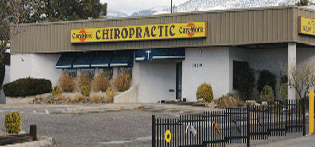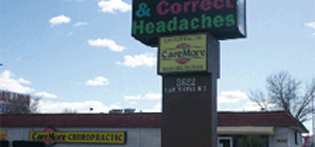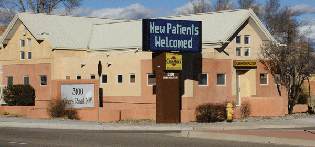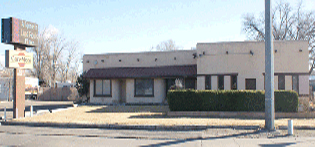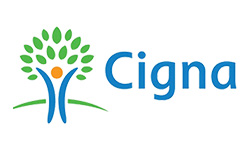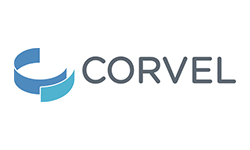It is estimated that four out of five Americans suffer from back pain. Sciatica affects 1% to 10% of the population, most often affecting individuals between 25 and 45. It is a debilitating condition that can interfere with a person’s quality of life and reduce their energy levels. It can also cause depression and irritability. It can make it difficult to sleep, leading to a lack of sleep and reduced energy.
Herniated Disk is The Most Common Cause of Sciatica
Depending on your age and gender, sciatica may develop gradually or suddenly. The cause may be a herniated disc in the spine or arthritis in the spine. It is common for both men and women to experience back pain at some point in their lives.
A herniated disk is the most common cause of sciatica. Herniated disks can press on the nerve root and cause pain and discomfort. In such cases, it is essential to consult a doctor immediately. The condition can also be the result of a fractured vertebra. While it may be a temporary problem, treatment should be based on the condition’s underlying cause. Ultimately, you should be able to recover from sciatica.
Sciatica Treatment
The goal of sciatica treatment is to minimize pain and increase mobility. Self-care measures can help decrease pain, including applying ice to the affected area several times daily. Hot packs can also relieve the pain. You can use a hot or cold compress to the affected area for up to 20 minutes at a time. A hot bath or shower may also be beneficial. However, a medical professional will be able to provide you with a prescription that addresses the specific cause of your sciatica symptoms. Treatment for sciatica will depend on the cause of the pain.
Non-surgical measures include:
- Using over-the-counter pain relievers
- Applying heat or ice to the affected area
- Performing back exercises to strengthen the sciatic nerve and restore spinal flexibility
Medications can help with sciatica, but there are also many non-surgical options to help ease symptoms. The first step to treatment is to find out the underlying cause of sciatica. There are many causes of sciatica, but in most cases, non-surgical treatments can help relieve the pain. In severe cases, surgery may be necessary to ease the pain. If the symptoms persist, the doctor can prescribe an injected drug.
In severe cases, a doctor may recommend a spinal decompression procedure. In the meantime, you can perform activities safely by bending your back at the right angles. Most cases of sciatica can be treated within a month. In some cases, sciatica can signify an underlying condition, or a traumatic event can cause it. In severe cases, it may lead to permanent nerve damage and even the loss of feeling in your legs.
Physical Therapy
The best treatment for sciatica is physical therapy. A physical therapist will evaluate the strength and flexibility of your back muscles. During a physical therapy session, your doctor will examine your posture and assess your level of flexibility. Physiotherapy can also help strengthen muscles in the back and help you with sciatica. If sciatica symptoms persist, you may need to undergo a spinal fusion.
Chiropractic Care
Physical examinations are an essential part of sciatica treatment. Chiropractic adjustments will improve joint mobility in the pelvis and spine and eliminate inflammation around the affected area. Exercise is necessary for pain relief from sciatica. Studies have shown that inactivity is a major cause of sciatica. Exercising regularly can strengthen your pelvic and back muscles and nourish spinal discs. You should consult an Albuquerque chiropractor immediately if you are experiencing sciatica symptoms.

